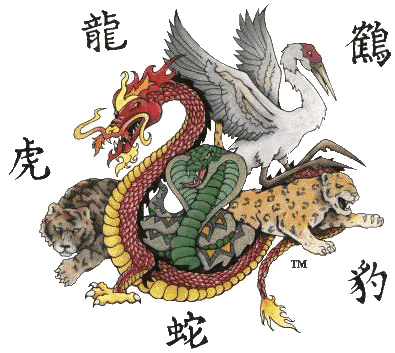
Toward the end of the 20th Century, several books were released that present methods for summoning Angels and spirits based upon ( or influenced by) Golden Dawn techniques. There have even been a number of modern Orders that focus entirely on the grimoires, though even they are influenced by post-Golden Dawn magickal methodology. Today, there are many ceremonial groups that make limited use of the Solomonic material - most of them descended from or influenced by a late Victorian quasi-Masonic lodge called the Hermetic Order of the Golden Dawn.

What we know of Solomonic mysticism today comes largely from the grimoiric manuscripts that survived. The appearance of these grimoires shocked Roman Catholic and many Protestant authorities so deeply, it triggered the Inquisitions and mass book burnings. ( They were very often scholars, scientists or scribes.) Therefore, they naturally recorded much of their tradition into manuscripts called textbooks or " grammars" ( French: grimoire). The Solomonic mystics were unique because they were among the first humans in history to have access to the technology of paper and bound books. Most manuscripts date to the 16th or 17th century, but a prototype in Greek still survives from the 15th century. Several versions of the Key of Solomon exist, in various translations, and with minor or significant differences. What may have inspired the Lemegeton are the conjurations and rituals of purification, and in a less important way, the clothing and magic symbols. It is possible that the Key of Solomon inspired later works such as the Lemegeton, also called The Lesser Key of Solomon, although there are many differences between both books.

The books contains several paragraphs and terms inspired by Talmudic texts and the Jewish Kabbalah teaching. The known copies originated in the Middle Ages and later. Solomonic grimoires attributed to King Solomon ( as several others were). The medieval Solomonic grimoires are, in fact, a sub-set of a larger literary genre - the folkloric " receipt-book." ( The word " receipt", used in this sense, is an archaic form of the word "recipe.") A receipt-book was a hand-written journal of family and local folklore, passed down from generation to generation. Ars Nova (The New Art): The fifth book is concerned with prayer and orations revealed to him (Solomon) by the Archangel Michael. Solomonic Grimoires - Lemegeton V Ars Nova (103.0 Kb) Book downloads: 1055 Ars Nova (The New Art): The fifth book is concerned with prayer and orations revealed to him (Solomon) by the Archangel Michael.


 0 kommentar(er)
0 kommentar(er)
